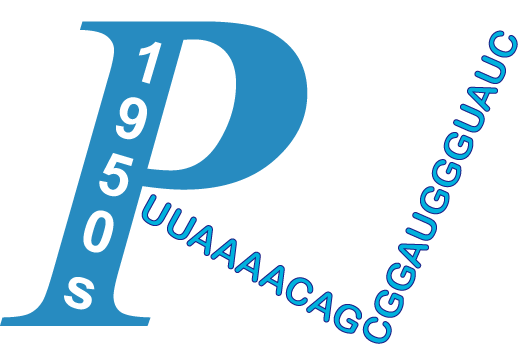| Title | Junior and Collegiate Tennis Players Display Similar Bilateral Asymmetries of Humeral Retroversion. | ||
| Author | Hannah, Daniel C; Scibek, Jason S; Carcia, Christopher R; Phelps, Amy L | ||
| Journal | J Athl Train | Publication Year/Month | 2021-Apr |
| PMID | 33848357 | PMCID | PMC8675307 |
| Affiliation + expend | 1.aInstructor, Department of Orthopaedic Surgery, Medical College of Georgia at Augusta University, Augusta, GA, USA dahannah@augusta.edu. | ||
CONTEXT: Overhead throwing athletes consistently display significant bilateral differences in humeral retroversion (HRV). However, there is limited evidence regarding HRV asymmetries in tennis players despite similarities between the overhead throw and tennis serve. OBJECTIVE: To determine if junior and collegiate tennis players demonstrate bilateral differences in HRV, and whether the magnitude of the side-to-side difference (HRVDelta) was similar across different age groups. DESIGN: Cross-Sectional Study Setting: Field-Based Patients or Other Participants: Thirty-nine healthy tennis players were stratified into three age groups: Younger Juniors (n = 11; age = 14.5 +/- 0.5 years), Older Juniors (n = 12; age = 17.1 +/- 0.9 years), and Collegiate (n = 16; age = 19.6 +/- 1.2 years). MAIN OUTCOME MEASURES: Three-trial means were calculated for HRV for the dominant and nondominant limbs, and HRVDelta was calculated by subtracting the mean of the nondominant side from the dominant side. Paired-sample t-tests were utilized to determine bilateral differences in HRV, while a one-way ANOVA was used to compare HRVDelta between groups. RESULTS: For all three groups, HRV was significantly greater in the dominant arm compared to the nondominant arm (Younger Juniors: dominant = 62.8 degrees +/- 9.1 degrees vs nondominant = 56.3 degrees +/- 6.8 degrees , P = .039; Older Juniors: dominant = 75.5 degrees +/- 11.2 degrees vs nondominant = 68.6 degrees +/- 14.2 degrees , P = .043; Collegiate: dominant = 71.7 degrees +/- 8.5 degrees vs nondominant = 61.2 degrees +/- 6.9 degrees , P = .001). However, no significant differences were detected in HRVDelta when compared across age groups (P = .511). CONCLUSIONS: Consistent with studies involving overhead throwing athletes, tennis players demonstrated significantly greater measures of HRV in the dominant limb. Further, the development of HRV asymmetries appear to have occurred prior to the teenage years as no changes were observed in HRVDelta between age groups.
